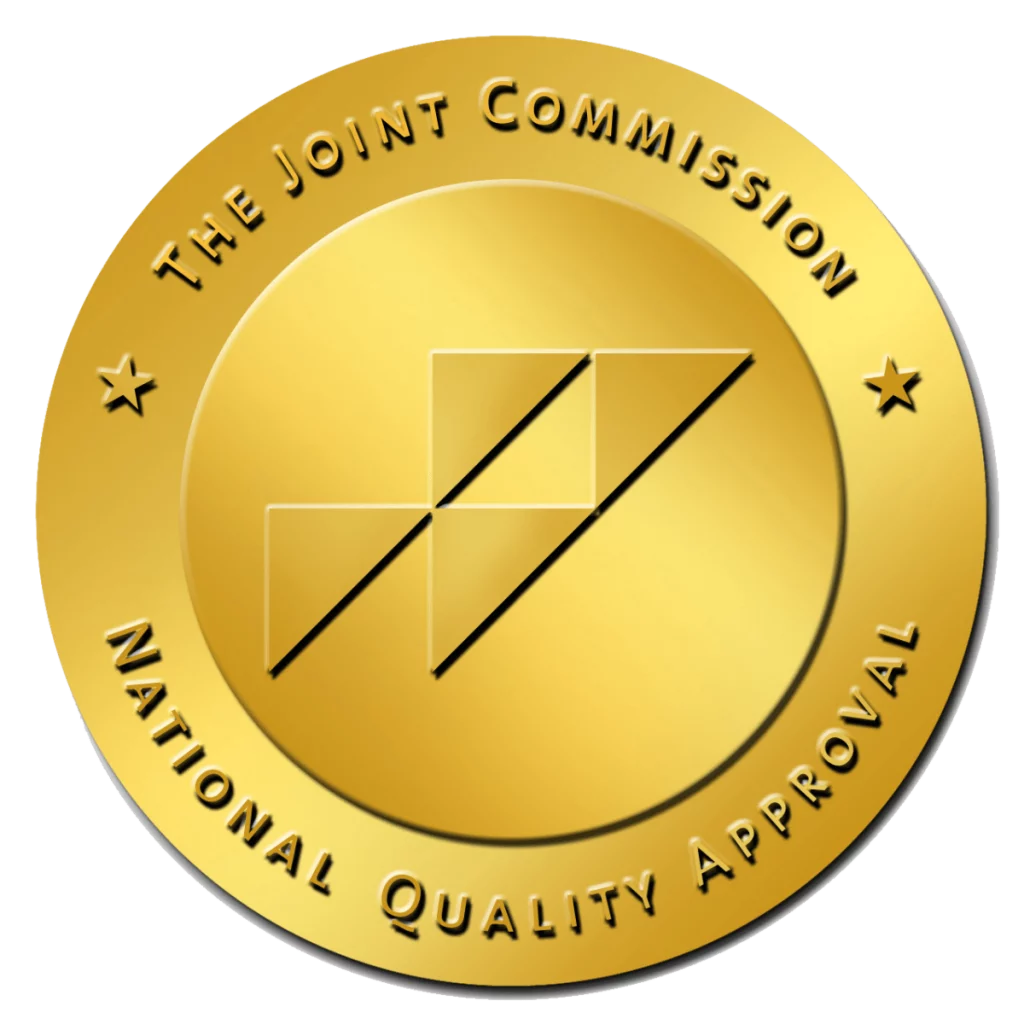The days are getting shorter, and we are spending more time in the dark. It is dark when we get up in the morning and dark when we come home at night. If it happens to be a grey day, it can seem like we won’t ever see the sun again.
Seasonal Affective Disorder
For many people, an occasional dip in mood is understandable this time of year and is not anything to be too concerned about. But for other people, the fall and winter bring the symptoms of seasonal affective disorder with them, riding in on a cool wind amidst the rustling leaves or blowing snow.
You might recognize seasonal affective disorder by a number of symptoms:
- A tendency to sleep excessively due to a reduction in melatonin in the brain that causes a significant reduction in energy
- A craving for carbs and a tendency to overeat, resulting in noticeable weight gain
- A increased struggle to focus or concentrate on any given task
- An increase sense of anxiety and/or hopelessness
Seasonal affective disorder—which is appropriately abbreviated as SAD—is a mental health disorder all on its own. But it can also worsen the impact of other mental health disorders you may be experiencing. If you are a person in recovery for a substance use disorder, SAD can pose a threat to your sobriety.
None of that is great news, but you might be wondering what you can possibly do about it. After all, it isn’t like you can simply choose to add more daylight to your days. It is going to be darker and colder and drearier whether you like it or not, right?
That is all certainly true. But the good news is that there are a number of ways to address and reduce the symptoms of SAD—and that means you do not have to suffer throughout this time of year.
Shedding Some Light on Seasonal Affective Disorder
It can be easy to forget how important sunlight is to our overall health. But natural light boosts our mood and supports mental health. Sunlight is important to maintaining appropriate levels of serotonin in the brain. It is also an essential source of Vitamin D. Serotonin and Vitamin D are both essential for warding off negative feelings and moods.
We encourage you to consider throwing on appropriate clothing and getting outdoors for some exercise. The exercise itself will do you good, of course, but it will also give you the benefits of being in the sun. Even on a cloudy day, time outdoors can be helpful. And you do not have to brave the weather for very long. Just 10 or 15 minutes can have a positive effect on your mood.
Whether you are inclined to head outdoors or not, there are other options for boosting your serotonin and Vitamin D levels. Keeping the shades or curtains wide open during the day to let light into your home or workplace can be helpful. You might also invest in a light box that simulates sunlight and can be used each day to ensure you get healthy exposure to light.
Try Adjusting Your Diet
You can also adjust your diet to ensure you get more Vitamin D. Pork, mushrooms, several kinds of fish, hard boiled eggs, fortified yogurts and cereals, juices and milk—all of these are good sources of Vitamin D. A commitment to healthy eating has all kinds of benefits—including supporting your mental health and/or your recovery journey—and being intentional about getting enough Vitamin D can make a real difference in the winter. We should also note that Vitamin D supplements are an option, though we would encourage you to focus on healthy eating choices (as well as time in the sun) as your primary source of the vitamin.
Similarly, while we would encourage you to try natural methods for addressing SAD, in some circumstances your physician might prescribe antianxiety or antidepressant medications. Your doctor will want to take into account your issues with alcohol or drugs so that their decision about medication is an informed one.
Consider Working With a Therapist
Any and all of these strategies can also be supported by working with a therapist as well. In therapy, you can learn various strategies for interrupting the negative patterns of thought that are characteristic of seasonal affective disorder. Having a set of coping strategies for those moments when the symptoms of SAD threaten to overwhelm you can be exceptionally helpful.
Perhaps the most important thing to remember is that you do not have to let seasonal affective disorder take over your life for several months each year. Instead, you can acknowledge that it is an issue for you and take proactive steps to limit its impact on your daily life. By doing so, you support your overall mental health, which is a good in and of itself—and particularly positive if you are a person in recovery who is working hard to maintain your sobriety.
We Would Be Happy—Not Sad—to Hear from You
No matter the season, the staff of Peak View Behavioral Health are ready and able to help you or a loved one address a variety of mental health issues and/or a substance use disorder. We offer personalized, evidence-based treatment that starts with a conversation so that we understand what difficulties you are facing. Whether it is anxiety, depression, a trauma-related disorder, or seasonal affective disorder, we can find the therapeutic approach that will boost your mental health. And when it comes to substance use disorders, we can help you get sober and give you the resources and support you need to stay sober. If you are ready to make a change in your life, we are ready to help you succeed.
 Looking for a Colorado dual diagnosis treatment center? For more information about Peak View Behavioral Health, or if you have questions, please call us at 719-694-0220 or use our contact form.
Looking for a Colorado dual diagnosis treatment center? For more information about Peak View Behavioral Health, or if you have questions, please call us at 719-694-0220 or use our contact form.









